Moles
At The Dermatology & Skin Surgery Center at Creedmoor, our dermatologists and skin experts carefully examine moles to assess any irregularities or changes. During your skin check, they will also offer guidance on sun protection to prevent new moles from forming. Explore more about moles below and schedule your skin check with one of our trusted dermatology providers today for personalized care.
Examples of Moles
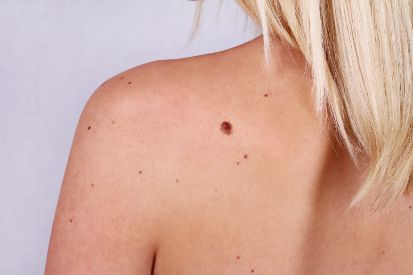
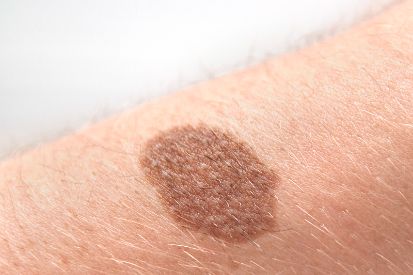
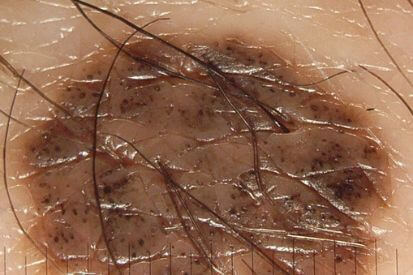
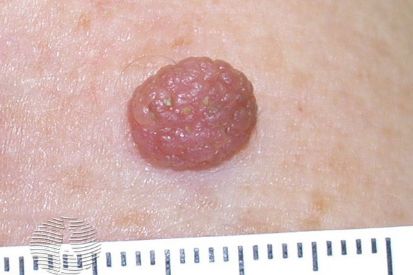
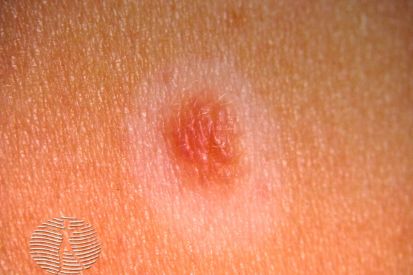
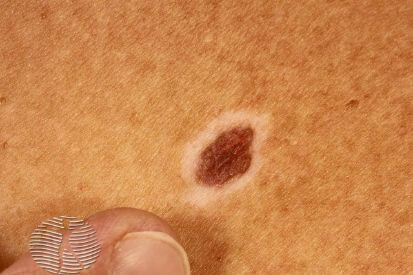
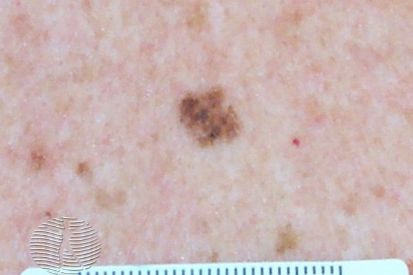
What are the Symptoms of Moles?
- Moles can be either raised or flat.
- The surface of the mole can be smooth or wrinkled and some may contain hair.
- Though generally brown or flesh-colored, moles may also appear tan, black, red or blue.
- As the body ages, moles may lighten in color, flat moles may become raised, and some moles may disappear.
Causes of Moles
- Genetics (Family History): Our genetic code significantly influences mole development.
- Sun Exposure: Spending time under the sun contributes to the appearance of moles.
- Hormonal Changes: Life events like pregnancy, marked by hormonal fluctuations, can influence the number of moles.
- Age: As we age, our skin accumulates more moles.
How to Prevent Moles
- Sun Protection: Shielding your skin from excessive sun exposure is crucial. Make sunscreen with at least SPF 30 a daily habit, even on cloudy days. Wear protective clothing, like hats and long sleeves, and seek shade during peak sunlight hours.
- Avoid Tanning Beds: Artificial tanning methods, such as tanning beds, can contribute to the development of moles. Opt for sunless tanning lotions or sprays as a safer alternative if you desire a sun-kissed glow.
- Regular Skin Checks: Keep an eye on your skin and monitor any changes in moles. If you notice alterations in size, shape, or color, or if new moles appear, consult one of our trusted skincare specialists promptly. Early detection can be crucial in preventing potential issues.
- Avoid Hormonal Fluctuations: While some hormonal changes are natural and inevitable, minimizing exposure to unnecessary hormonal fluctuations, such as those caused by certain medications, can be beneficial.
Moles FAQs
No, most moles are benign (non-cancerous). However, certain types of moles, such as atypical moles or dysplastic nevi, may have a higher risk of developing into melanoma, a type of skin cancer.
Signs that a mole may be cancerous include asymmetry (one half of the mole does not match the other), irregular borders, changes in color, diameter larger than a pencil eraser, or evolving in size, shape, or color
Yes, moles can change over time, especially during adolescence and pregnancy. It's important to monitor moles for any changes and report them to a dermatologist.
We recommend having your moles checked by a dermatologist if you notice any changes in size, shape, color, or texture, or if you have a personal or family history of skin cancer. Regular skin checks can help detect skin cancer early when it is most treatable.
Yes, moles can be removed for cosmetic reasons or if they are suspected to be cancerous. Removal methods include surgical excision, shaving, or laser therapy.
Moles that are surgically removed are unlikely to grow back. However, new moles may develop in other areas of the skin.
From our QualDerm Family of Brands: Total Body Skin Exams
How to Treat Moles
Our team of dermatology providers can assess the mole's characteristics, considering factors such as size, shape, and color, to determine the most suitable course of action. Professional evaluation is especially vital when dealing with moles that exhibit irregularities or changes over time. Therefore, if you notice any changes in your moles or have specific cosmetic or discomfort-related concerns, consulting your dermatologist is a proactive step toward gaining healthy skin.
Featured Products for Sun Protection
Check your local office for current stock!
Check your local office for current stock!
